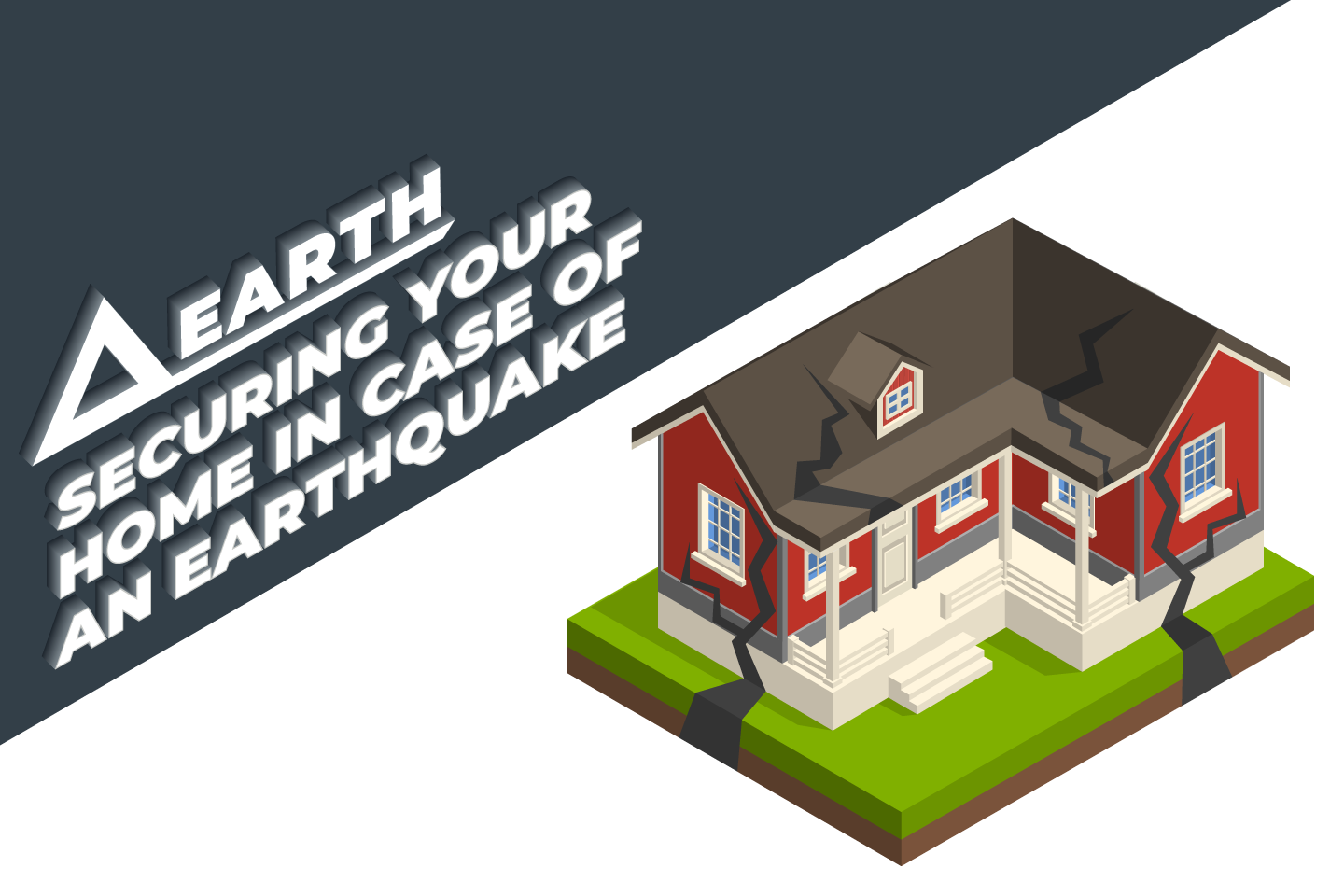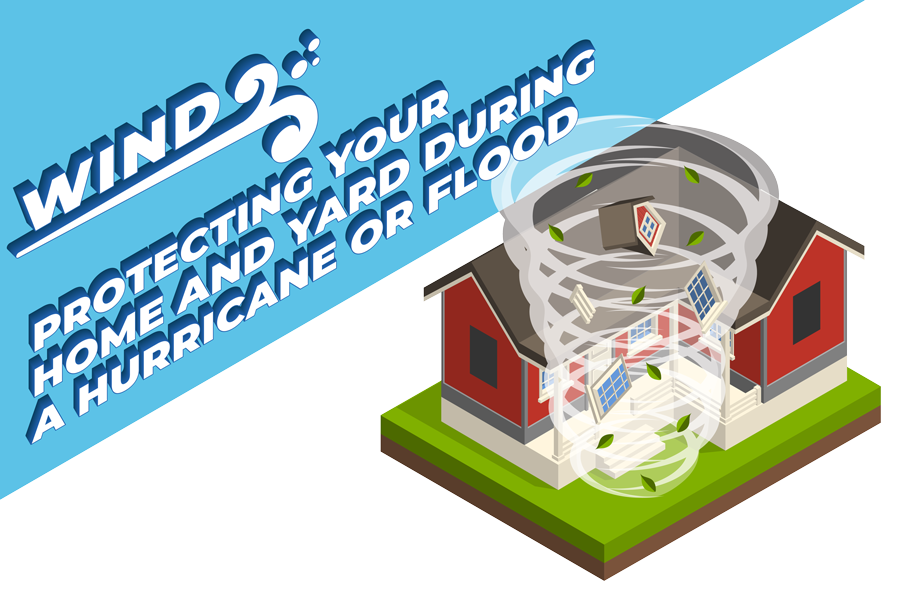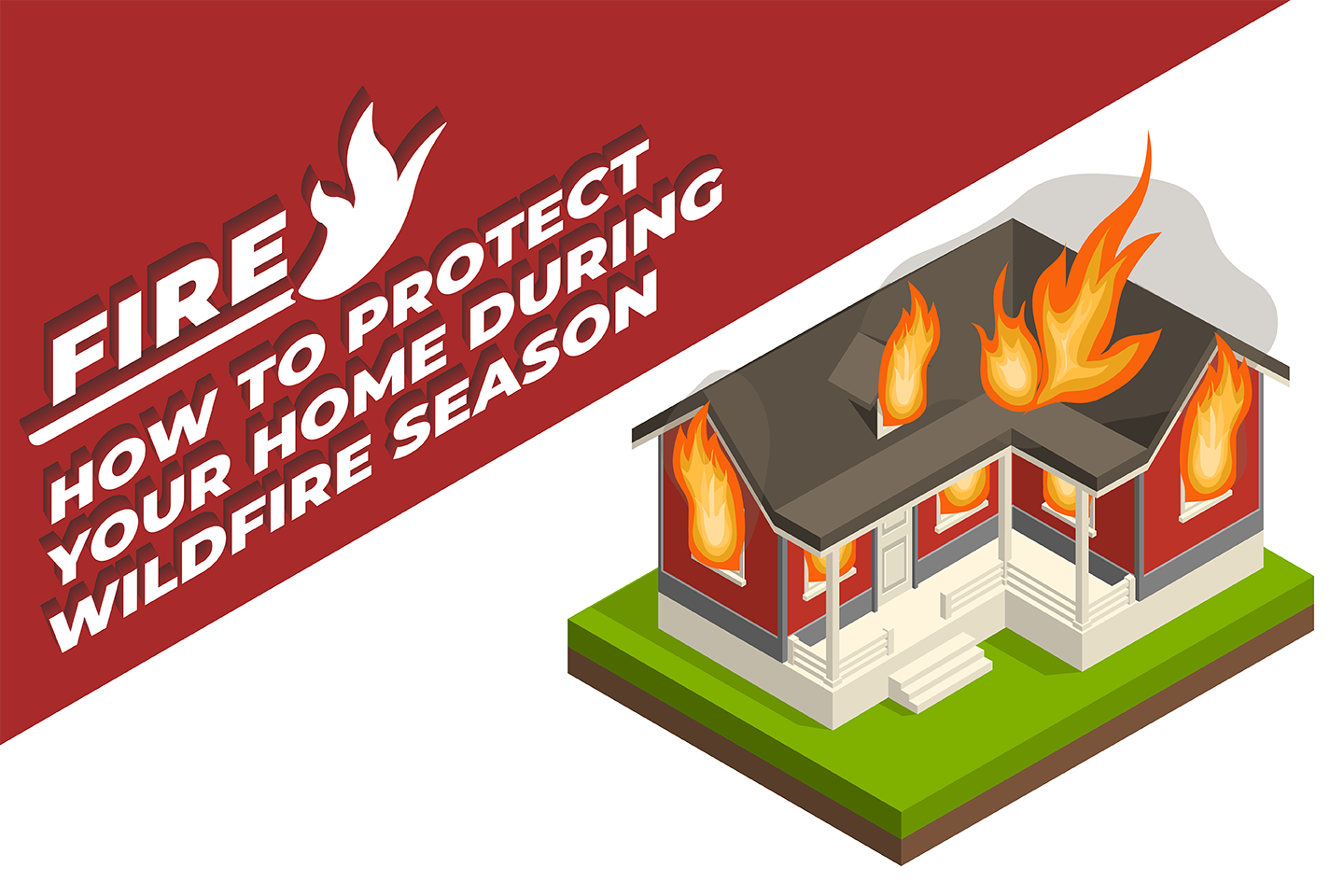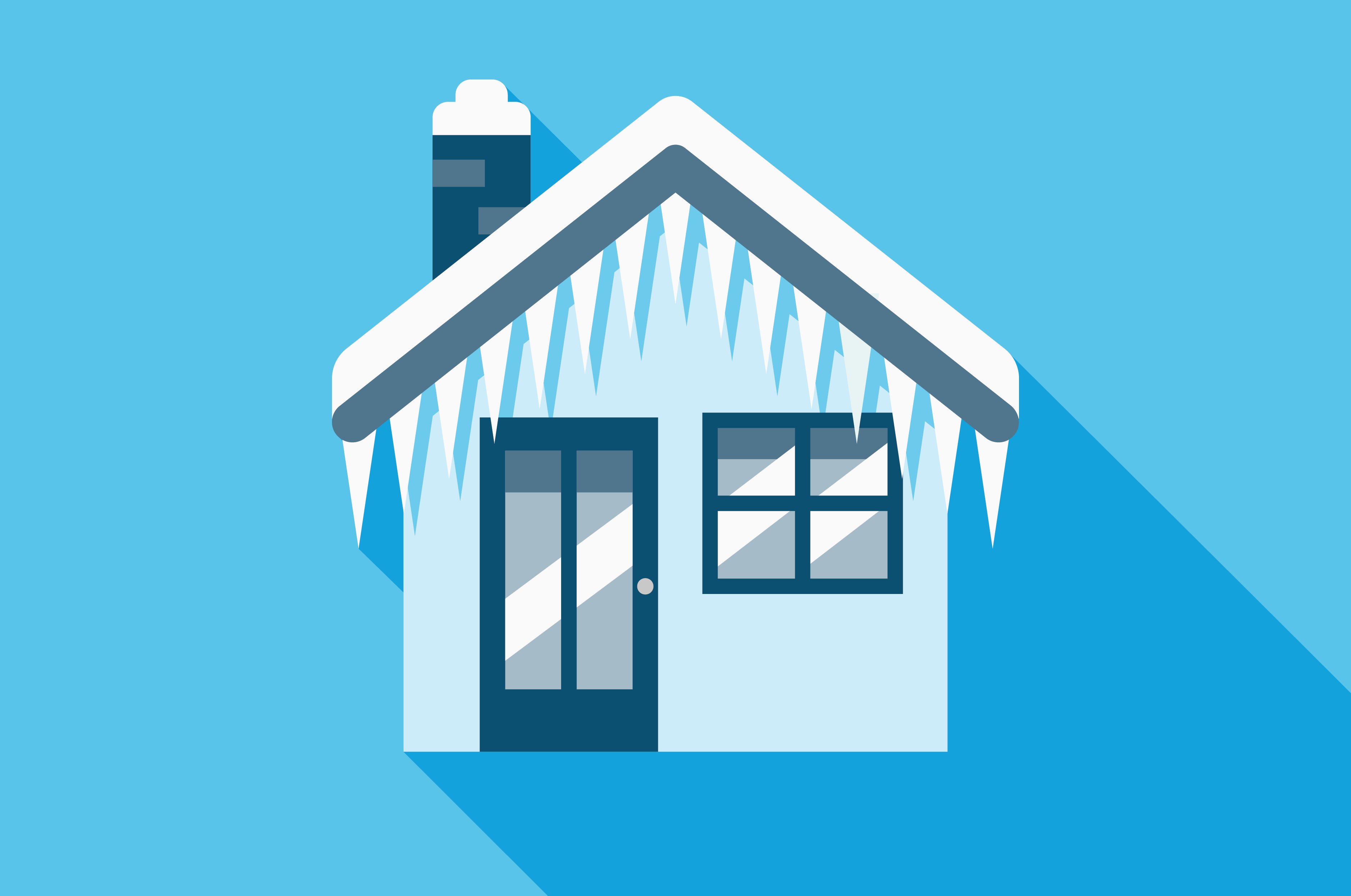
by:
Primary Residential Mortgage, Inc. wants to help you protect your home and keep your family safe. As part of our series on prepping your home for everything Mother Nature throws at it, we’re sharing some tips to prepare your home to endure earthquake damage.
When an Earthquake Strikes
Drop, Cover, Hold
Keeping your family safe is the most important function your home can serve, so our first tip covers what to do during an earthquake to protect your family and yourself.
According to earthquake safety basics at ready.gov, you should drop, cover and hold during an earthquake. That means dropping to the floor, taking cover under a desk or sturdy table, covering your head and neck and holding on until the shaking stops.
In the past, you may have heard of sheltering in a doorway or the “triangle of life” technique of hiding between pieces of furniture. While these techniques were recommended at times in the past, the current drop, cover and hold approach is preferred.
Have a Plan
Along with keeping your family safe during the earthquake, you need a plan for what to do to stay safe after the quake.
Your plan should include instructions for turning off the power, gas and water in your home in case the earthquake damages these utilities, causing hazardous conditions. You should also decide on a family meeting place and make sure everyone knows where it is.
As with any emergency, you should have an emergency supply kit with food and clean water for each member of your household. It’s also important to keep a first aid kit handy.
Making a detailed emergency plan will help you and your family navigate a tumultuous time as calmly as possible.
Preventing Damage Before an Earthquake Hits
Anchor Tall Furniture to the Walls
Use straps or braces to anchor your furniture to the walls, especially tall furniture like entertainment centers, hutches and freestanding shelves and cabinets. Tall furniture can have a high center of gravity which makes it vulnerable to toppling over from the shaking of an earthquake.
Anchor Your Large Appliances and Electronics in Place
While you’re strapping things down, secure your large appliances and electronics.
Keeping your furnace and water heater in place can reduce the risk of both gas and water pipes breaking during a quake.
Big, heavy TVs and speakers can also become dangerous when they fall over. Secure them to the wall whenever possible.
Upgrade Your Pipes to Flexible Tubing
The violent shifting that can take place during an earthquake can snap gas and water pipes. When that happens the leaks that follow can be even more dangerous than the earthquake itself. You can greatly reduce the risk of damage to your pipes by replacing them with flexible tubing. Re-plumbing your entire house is a big job, but can be a good investment when the “big one” strikes.
Securely Store Hazardous Material
Since you’re securing things, go ahead and lock down any hazardous chemicals you may have around. While the obvious oxygen or welding tanks come to mind—don’t forget about paint, gasoline or toxic cleaners you may have stored in the garage. Keep them in a secure cabinet or cage. You should also strap any of the tall, cylindrical tanks to the wall of the cage or cabinet if possible.
Apply Safety Film to Your Windows
The strong twisting power of an earthquake can break windows and send sharp glass spraying through the room. Help keep your glass where it belongs by applying safety film to your windows today.
Reinforce All Your Concrete and Masonry
Inspect all the stone and masonry on your house, especially your foundation. This includes any exposed concrete or brick. Don’t forget the chimney. Inspect it all for cracks. Cracks are a sign of weakness and can spread rapidly during earthquakes.
Inspect your house inside and out. If you see any cracks or other signs of structural weakness or decay, repair or reinforce the affected area. There are some do-it-yourself methods for reinforcing your foundation, but because it’s such a crucial repair, we highly recommend hiring a professional.
They have the tools and knowledge to complete the task quickly and know the strongest ways to address each specific repair.
Anchor Your Home to Its Foundation and Reinforce Crippling Walls
Along with reinforcing your foundation, you should attach your home to the foundation with anchor bolts.
The short walls that come into direct contact with your foundation are called crippling walls. Reinforcing your crippling walls and making sure they’re securely fastened to your foundation will help keep your home from sliding off its foundation when the shaking starts.
Consider Earthquake Insurance
If you live in an area that has a lot of earthquakes, consider earthquake insurance, especially if you can’t follow any of the other tips in this post. Earthquake insurance can keep your life running smoothly while you wait for the rubble to get cleared.
Find the Funding
You may need financing for some of these tips, like replacing all your plumbing or adding structural reinforcement. When you’re ready to invest in your home’s earthquake safety, PRMI can help you refinance your home to pay for the upgrades.
More Reading

Prepare Your Home and Yard for Hurricane and Flood Season
Use these tips to help keep your home sturdy come hurricanes or high water.

How to Protect Your Home During Wildfire Season
Get your home and yard prepared for navigating fire season by following these tips.

Preparing Your Home for Cold Weather
Is your home ready for freezing temperatures? Use these tips to make sure it is.

Refinancing Frequently Asked Questions
Use these helpful answers to decide if refinancing might be right for you.